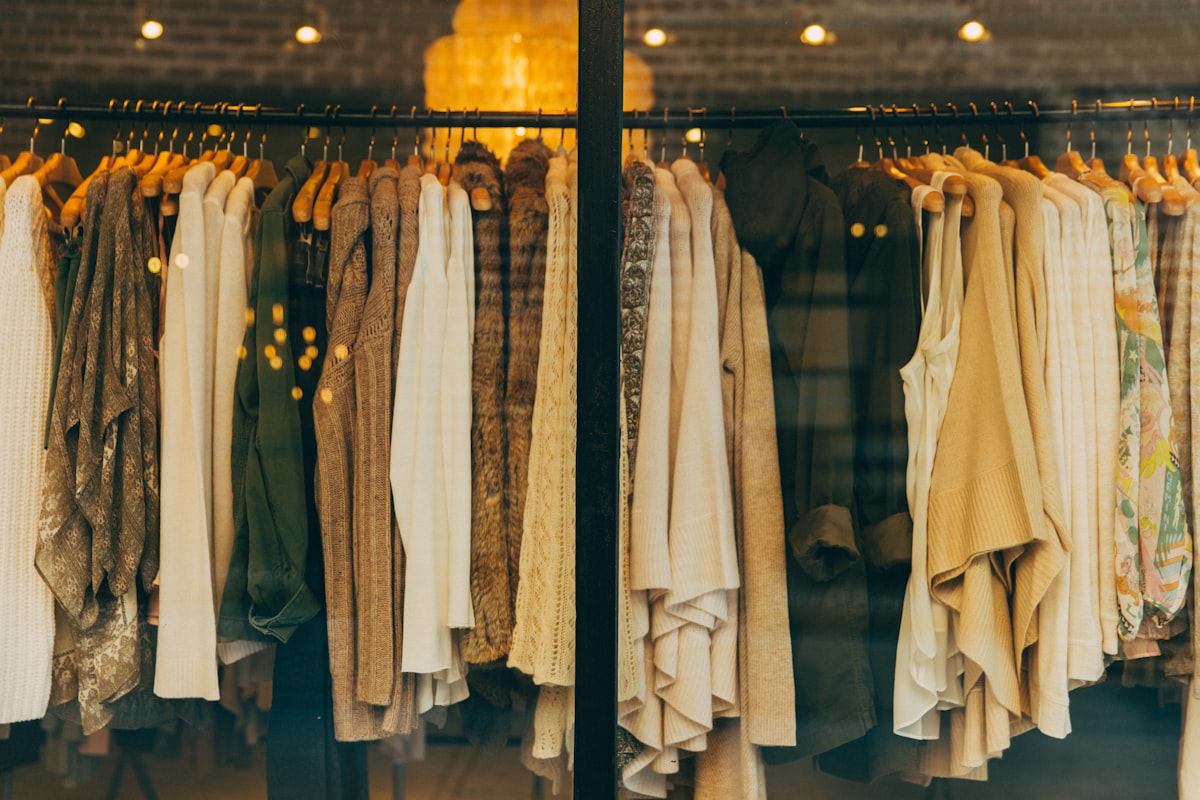Giving clothes a second chance reduces pollution
It is necessary to reduce the excessive consumption of textile products, whose production and commercialization are not sustainable. Avoid "yoyo" fashions. Get to know more.

In Mexico City, three thousand 700 million tons of textile waste are discarded every year, especially bedding and underwear, as well as curtains, and only one percent is recycled, according to data from the Ministry of the Environment and Natural Resources. On the other hand, the United Nations considers that production in this industry is one of the most harmful and polluting for the environment since it is responsible for 20 percent of global wastewater and 10 percent of total carbon emissions.
"It seems that the desire for consumption is infinite while the reality is that we live on a planet that is already reaching its limits, natural resources are deteriorating, in addition to consuming those of the next generations," warned David Sébastien Monachon, head of the Sustainable Consumption area at UNAM's University Coordination for Sustainability (COUS). If we want to leave a better future, we need to make changes in the excessive consumption of products such as textiles, whose production and marketing are not sustainable.
According to information from the website of the international environmental organization Greenpeace, the pollution generated by the production of clothing is approximately 500 thousand tons of microplastics per year that reach the oceans. In addition, it is estimated that 73 percent of the garments produced annually end up incinerated or in landfills, which contributes to soil and air pollution.
"Some clothing companies take advantage of people's credulity and their real concerns related to environmental care to launch communication and marketing campaigns that seek to generate greater consumption and, with it, profit. This happens especially when garments or articles for personal use are accompanied by labels and messages related to 'green' or 'ecological', without having a real basis in reality. This is known as greenwashing, 'sustainability' has become fashionable and sells," he explained.
The American economist Joseph Schumpeter theorized the subject of innovations as a curve that rises until it is no longer novel and falls because something else innovative comes along. Therefore, something similar happens in the world of clothing and fashion: when consumption goes down, the new fashion is created to drive endless consumption.
"Reconciling the economic, social and environmental is difficult for the production and marketing of textile products, since the product may be inaccessible to most of the population; the working conditions of the workers of the company that produces the garment may be deplorable, and misinformation complicates the task of the consumer to identify what their best options are. Furthermore, manufacturing processes are often not free of impacts on the environment; for example, too much water is used to dye garments or harmful chemical dyes are used, which in the end impact the environment and our health," he said.
Buying in an informed manner
Some marketing studies indicate that during the Christmas season, households spend more on food and beverages since the celebrations are based on food; but on average they also consume 8,433 pesos in home and gardening and 1,448 pesos in clothing.
"Inquiry and environmental education are the best support there can be before consuming textile products since we must first reflect if it is really necessary to buy more clothing; in case it is consumed, check the quality of the fabrics to make sure that the garment will last longer and get away from the slogans that seek to link the forms of consumption with identity or guilt, feeling 'cool' or buying 'green' is not necessarily sustainable," suggested David Monachon.
To make a responsible consumption of these materials, he added, it is also important to have information about what is their origin, manufacturing, and production processes, and to know who is behind this. "To avoid more waste and environmental pollution there are other alternatives to give a second use to clothing, such as taking them to commercial stores that promote textile recycling or opt for bazaars where garments are given a second chance, but first of all, we must reduce our consumption, stay away from 'yoyo' fashions," advised the academic.




